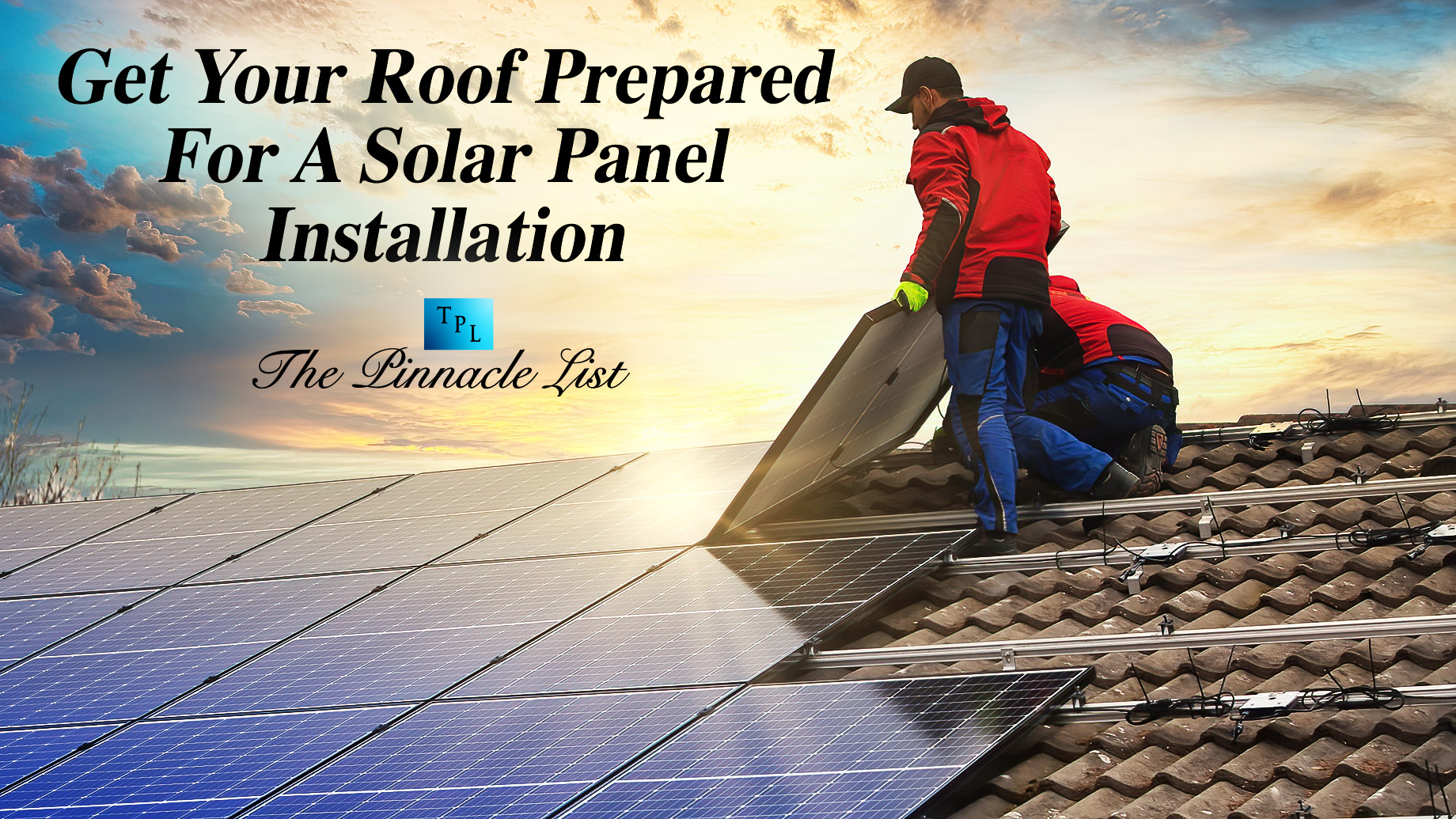
The roof-mounted solar panels act as a way to harness the sun’s power, saving your house all the energy bills. A roof provides the best location for solar panels because it gets a good amount of sun exposure. It enables the increase of solar energy production in the home. However, on cloudy days, the increasing effectiveness of the solar panels installed on the roof will generate power in reduced light as and when they capture indirect and direct sunlight.
The roof-mounted solar panels
As you start with the solar project, it is essential to question the consultant about the condition and age of the roof. If your ceiling needs to be replaced or repaired, you will have to do the added work before installing the solar panels. You can click for solar roofing services to ensure your roof is properly assessed and ready for installation.
Why is a roof a good place for solar panels?
The roof is one of the most critical installation locations for solar power systems in the house, and there are the right reasons for that. If the solar panel gets more sun exposure, there will be increased solar energy, which they can generate to replace the grid’s power. When the roof has no obstructions and slopes towards the sun, it helps maximize the sun exposure and the house’s energy production. The roof-mounted solar panels can be installed inside the house and other outbuildings, like:
- Sheds
- Barns
- Carports
- Garages
The roof on either of these residential structures can be assessed on various factors for deciding on the suitability for the solar panels.
What roofing materials are ideal for solar panels?
Solar panels can be installed on multiple kinds of roofing shingles. The asphalt shingles are the best choice when they are in the best condition and have ample surface space.
What roof type is ideal for solar panels?
Solar panels can be installed on every roof style with a few exceptions. The roof on the garage, home, barn, or shed is excellent for roof-mounted solar panels. It could be a hip, gable, or even a combination roof; the solar installer can try to find out the ideal way to mount panels. The installers and the solar engineers can split up the solar arrays within various sections to follow the rooflines and work in and around the roof components, like the pipe boots, skylight, and box vents.
Finally, you must know the roof slope ideal for solar panels. Suppose you wish to increase overall sun exposure. In that case, there is a residential roof-mounted solar system that needs to be at an angle that is very much equal to the latitude for installing the location. However, that is only sometimes possible. The roof slope at an angle between 15 and 40 degrees needs to be sufficient for most solar power systems. You can also adjust the individual solar panels at the optimal angle to maximize sun exposure. It is ultimately the solar panel installers that can decide whether a roof slope is apt for the solar panel installation.